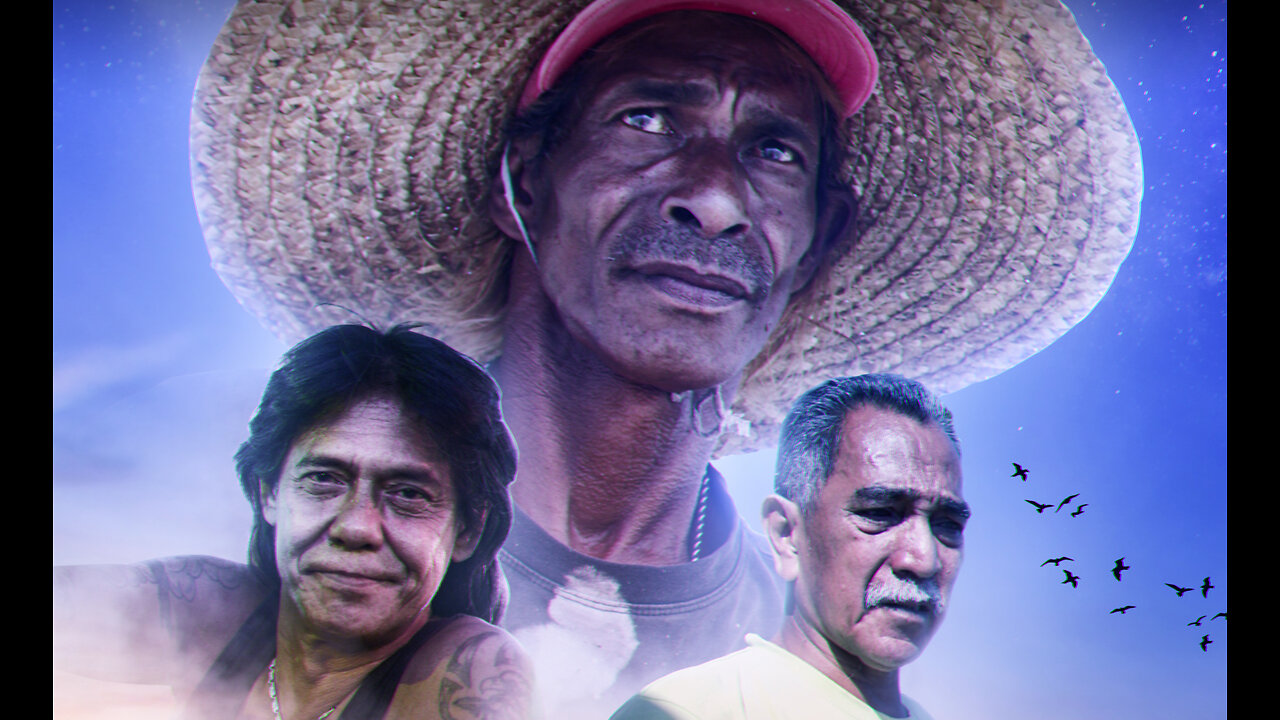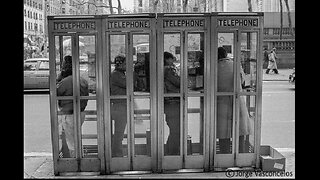Premium Only Content

Inside China's Belt and Road's Biggest White Elephant: Melaka Gateway, Part 1
It was supposed to have been one of China’s Belt and Road’s crown jewels: a 546-hectare, seaport-driven new urban area spanning four artificial islands strategically positioned in the Strait of Malacca. It was to be a place of glistening shopping malls, tourist resorts, luxury condos and theme parks. It was to have a glittering business district, a robust marina, a giant “Malaysia Eye” ferris wheel, the largest cruise ship terminal in Southeast Asia and a seven-star hotel. Melaka Gateway was billed to become the catalyst that would completely alter the face of Melaka and the southwest coast of peninsular Malaysia, transforming the region from a low-key epicenter of traditional cultures and traditions—a legitimate UNESCO World Heritage site—to a modern, booming, economic powerhouse. But eight years later the project is little more than a stagnant slab of reclaimed land.
Just over the narrow strip of water separating Melaka Gateway from the coast sits a place called Portuguese Settlement. There is no equivalent for this place anywhere else in Malaysia—or the world. The people who live there are the direct descendants of the original Portuguese colonists that arrived in the 16th century. For hundreds of years they’ve subsisted as fishermen, craftsmen and cooks. They speak their own language—Papiah Kristang, a Portuguese creole that is mutually intelligible with modern Portuguese—they are Catholic, and they stand in stark contrast with the Chinese and Malay communities which have surrounded them for five centuries.
Now their very existence is under threat. Reclaiming land inevitably destroys the local marine ecosystem, and the lifeblood of Portuguese Settlement is the sea. What was once pristine blue waters full of fish is now a silty, mucky swath of coastline devoid of marine life; the fishermen now need to venture far out to sea and many of them are calling it a day.
This film is a look at a completely unique community on the verge of being removed from the sea and wiped off the map. It seeks to document the community as it is today and shows the struggles of a people fighting for their very existence and cultural identity.
-
 LIVE
LIVE
Nerdrotic
4 hours ago $7.74 earnedCap 4 and Emelia Perez BACKLASH! Acolyte is Still CANCELED! Hollywood STFU | Friday Night Tights 339
10,799 watching -
 LIVE
LIVE
The Jimmy Dore Show
3 hours agoTulsi SHREDS Intel Agencies in Senate Hearing! Jon Stewart’s Anti-China Propaganda! w/Elaine Culotti
10,758 watching -
 29:28
29:28
Afshin Rattansi's Going Underground
1 day agoMax Blumenthal on US’ Ukraine Aid Corruption, 'Psychotic' Israel Turning the West Bank into Gaza
8.8K -
 LIVE
LIVE
Sarah Westall
2 hours agoUnited States in a Two Front War, Identify Military Psyops and Special Operations w/ Jeffrey Prather
480 watching -
 LIVE
LIVE
Quite Frankly
5 hours ago"Open Phones: D.C. Crash, Senate Hearings, Petty Break-Ups" 1/31/25
1,125 watching -
 LIVE
LIVE
2 MIKES LIVE
5 hours ago2 MIKES LIVE #173 Open Mike Friday!
432 watching -
 LIVE
LIVE
LFA TV
8 hours agoDemocrats’ Greatest Fear Is Accountability | TRUMPET DAILY 1.31.25 7pm
605 watching -
 23:15
23:15
Bare Knuckle Fighting Championship
1 day agoBKFC FIGHT NIGHT MOHEGAN SUN FREE FIGHTS
15.6K1 -
 5:49:46
5:49:46
Bitfinex
7 hours agoBitfinex Talks Live at PlanB El Salvador - Day 2
20.2K1 -
 41:47
41:47
Candace Show Podcast
4 hours agoBecoming Brigitte: An Introduction
118K124